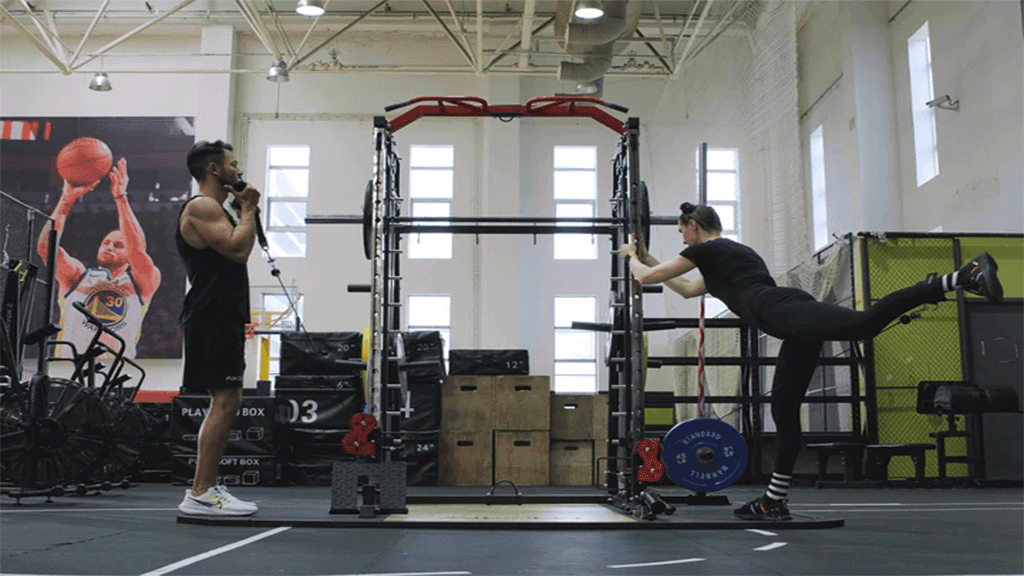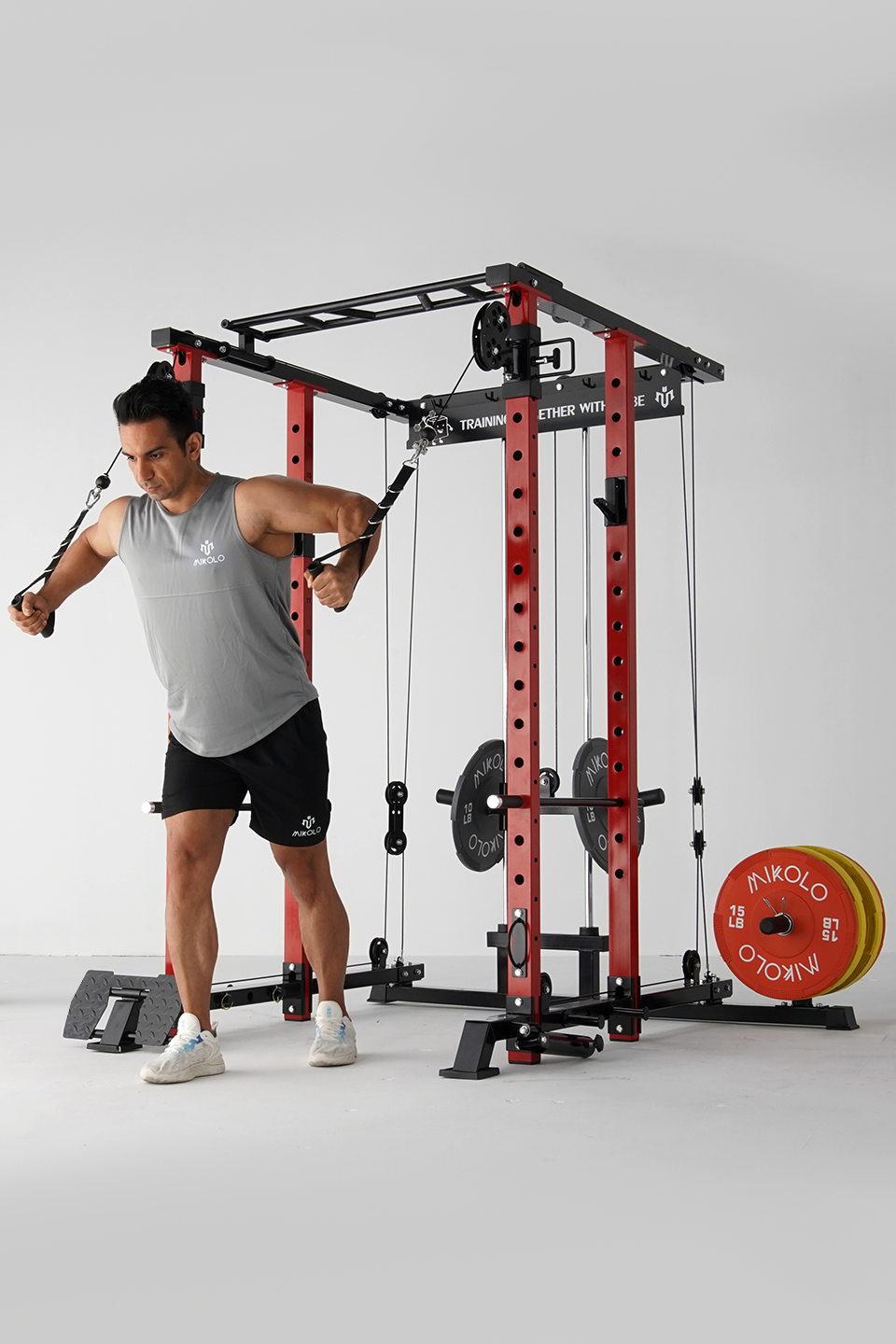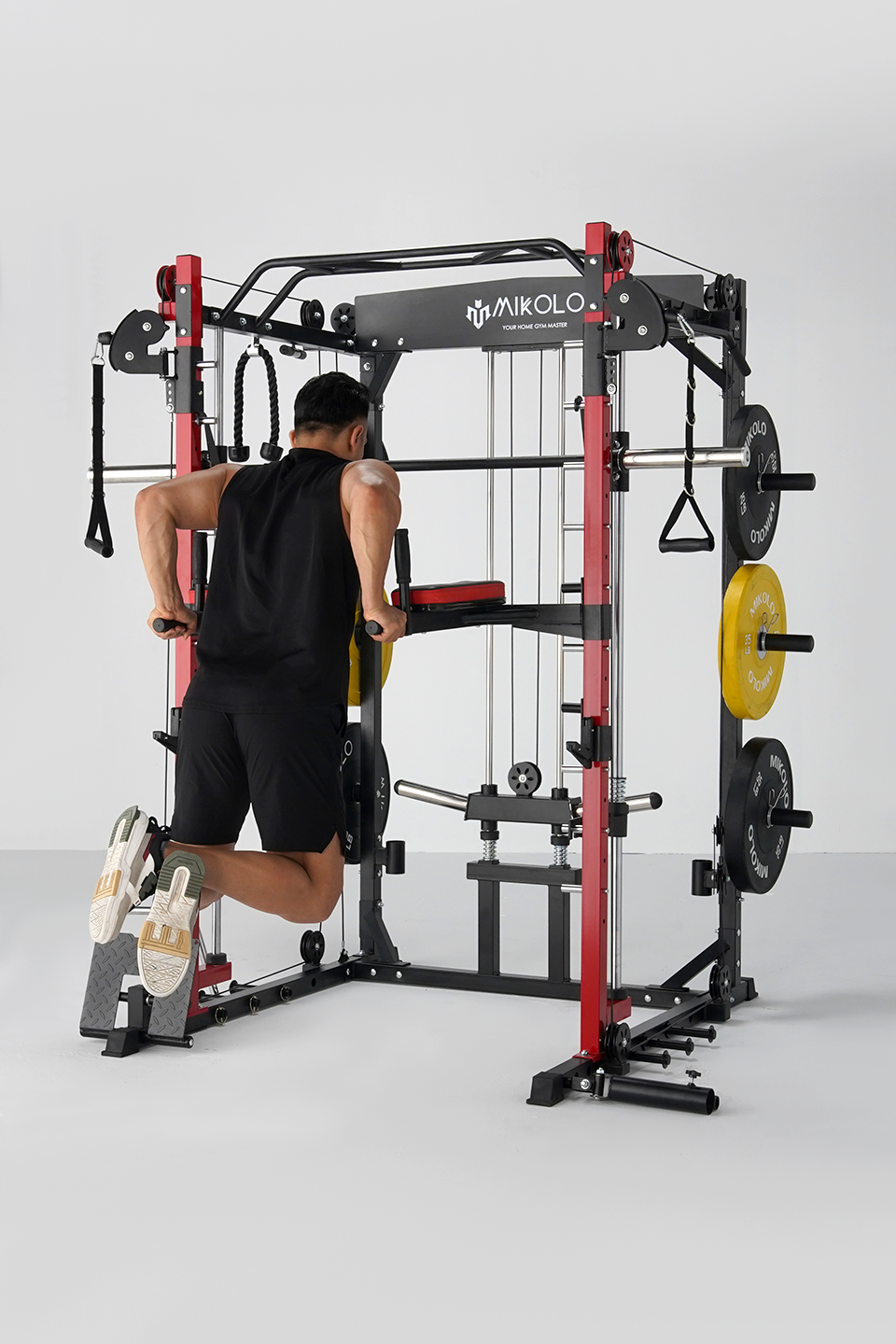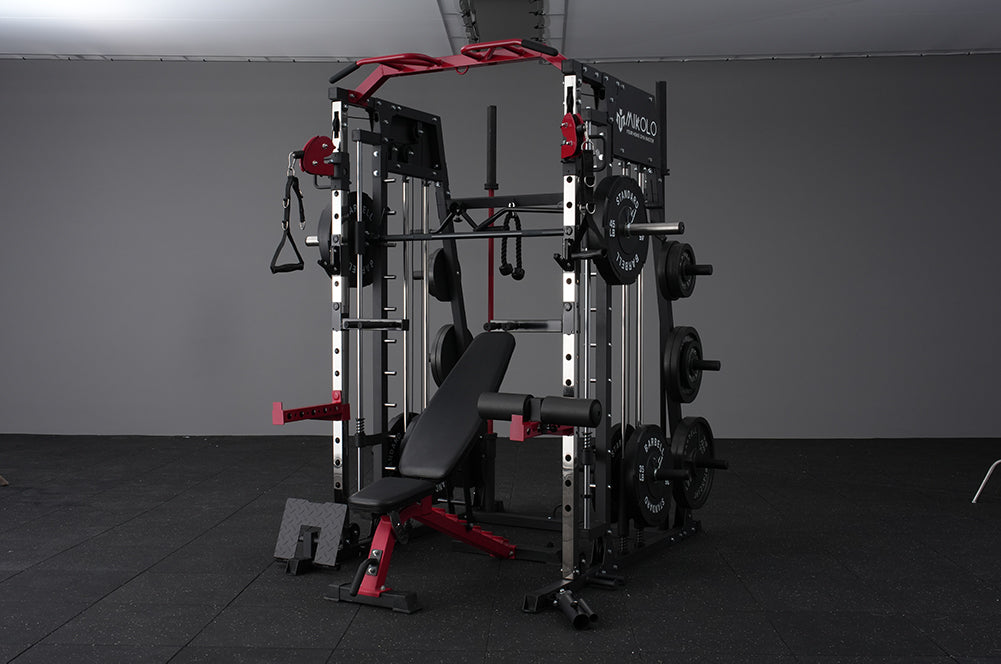Similar to the bent-over row, the lat pulldown stands as a favored choice amongst fitness enthusiasts for bolstering the back muscles. Our primary objective in this piece is to present a comprehensive exploration of the lat pulldown exercise, elucidating its intricate movement prerequisites, joint actions, and the muscles it engages.

INTRODUCTION
The lat pulldown, a fundamental exercise in the realm of strength training and bodybuilding, targets the large muscles of the upper back and shoulders, specifically the latissimus dorsi or "lats." Renowned for its ability to sculpt a powerful and defined upper body, the lat pulldown is a staple in fitness routines, catering to individuals of all fitness levels, from beginners to seasoned athletes.
In this exercise, individuals utilize a lat pulldown machine, featuring a cable and pulley system, to mimic the motion of a pull-up or chin-up. By adjusting the resistance on the machine, one can tailor the exercise to suit their strength and skill level, making it an inclusive option for anyone looking to enhance their upper body strength, muscle definition, and posture.
Beyond its aesthetic benefits, the lat pulldown also plays a crucial role in enhancing functional strength and daily performance. A stronger back and shoulders not only support proper posture but also contribute to improved performance in various sports, activities, and even daily tasks.
ANALYZING THE LAT PULLDOWN
The lat pulldown stands as a multi-faceted compound exercise strategically engineered to engage various back muscles, with the prominent focus on the latissimus dorsi. While the primary joint actions central to the lat pulldown are outlined below, it is essential to recognize that additional accessory joint motions may come into play, contingent on the individual's specific execution of the exercise.
Concentric Phase (pulling bar towards the chest)
The Concentric Phase, a pivotal component of the lat pulldown exercise, involves the action of pulling the bar towards the chest.
During this phase, the individual begins with their arms extended fully, grasping the bar with an appropriate grip width. Initiating the movement from a position of shoulder extension, the individual engages their latissimus dorsi, rhomboids, and other upper back muscles to exert force and bring the bar down towards the chest in a controlled manner.
Executing the concentric phase with precision and control not only targets the primary muscle groups responsible for the movement but also recruits the biceps and forearms to a certain extent, creating a synergistic effort within the upper body.
Eccentric Phase (returning to the start position)
As we explore the complete dynamics of the lat pulldown exercise, we cannot overlook the significance of the Eccentric Phase, which encompasses the controlled return to the start position. Often underestimated, the eccentric phase is a vital component of the exercise, playing a critical role in muscle development and strength gains.
During the eccentric phase, following the completion of the concentric phase where the bar is pulled towards the chest, the individual gradually and deliberately reverses the movement. This entails slowly allowing the bar to ascend back to its initial position with arms fully extended. Though seemingly unassuming, this controlled lowering of the weight engages the targeted muscles, especially the lats, in an intense manner, leading to muscular microtears that foster muscle growth and strength development.
By capitalizing on the eccentric phase, individuals not only enhance muscle hypertrophy but also cultivate better muscular control and overall stability. Moreover, the eccentric phase enables a smoother transition to subsequent repetitions, reducing the risk of injury and promoting longevity in your fitness journey.
LAT PULLDOWN: MUSCLES WORKED

The lat pulldown primarily targets the latissimus dorsi muscles, commonly referred to as the "lats." The latissimus dorsi is the large muscle located on each side of the back, extending from the upper arm bone (humerus) to the lower spine and pelvis. These muscles are responsible for shoulder adduction, extension, and medial rotation, making them crucial for various pulling movements.
In addition to the latissimus dorsi, the lat pulldown also involves several other muscles as synergists or stabilizers. Some of the key muscles that contribute to the lat pulldown exercise include:
Rhomboids: Located between the shoulder blades, these muscles retract the scapulae and play a role in stabilizing the shoulder blades during the movement.
Trapezius: The traps help elevate and depress the scapulae, aiding in the movement of the shoulders during the lat pulldown.
Biceps Brachii: The biceps act as synergists in the movement, assisting the lats in shoulder flexion and elbow flexion during the pulling motion.
Brachialis and Brachioradialis: These muscles also play a supportive role in elbow flexion during the exercise.
Posterior Deltoids: The back of the shoulders is engaged to some extent during the lat pulldown, contributing to shoulder extension.
While the lat pulldown is primarily used to target the latissimus dorsi, it is a highly effective compound exercise that engages multiple muscles in the upper back, shoulders, and arms, promoting overall upper body strength and muscle development.

HOW TO DO THE LAT PULLDOWN CORRECTLY
Starting Position: Sit on the lat pulldown machine with your knees securely positioned under the knee pads.
Adjust the thigh pad, if available, so it fits comfortably against your thighs to prevent you from lifting off the seat during the exercise.
Grasp the pulldown bar with an overhand grip (palms facing away from you) and hands placed slightly wider than shoulder-width apart.
Execution - Movement Pattern: Keep your chest lifted and your shoulders relaxed. Engage your core for stability throughout the exercise.
Pull your shoulder blades down and back, maintaining good posture throughout the movement.
Exhale and initiate the exercise by pulling the bar down towards your upper chest. Focus on engaging your lats and mid-back muscles to perform the movement.
Continue pulling the bar down until it reaches just below your chin. Squeeze your shoulder blades together at the bottom of the movement to fully engage your back muscles.
Returning to the Start Position - Eccentric Phase: Inhale and slowly release the bar back to the starting position in a controlled manner. Allow your arms to fully extend but avoid locking out your elbows.
Maintain tension in your lats and upper back as you return the bar to the starting position. This controlled lowering is essential for maximizing muscle engagement.
Tips for Proper Form: Avoid using momentum or swinging your body to perform the lat pulldown. Focus on controlled movements and use your back muscles to execute the exercise.
Keep your elbows pointed slightly downward throughout the movement to place emphasis on your lats rather than your biceps.
Maintain a neutral spine position and avoid arching your back excessively during the exercise.
Do not grip the bar too tightly; use a comfortable grip to avoid unnecessary strain on your wrists and forearms.
Repetitions and Sets: For strength and muscle building, aim for 8-12 repetitions per set.
Perform 3-4 sets with a rest period of 1-2 minutes between sets.
The Lat Pull down Variations

The lat pulldown is a versatile exercise with several variations that allow you to target different muscles in the back and upper body. Here are some common variations of the lat pulldown:
1Wide-Grip Lat Pulldown: Involves using a wide grip on the pulldown bar, with hands positioned wider than shoulder-width apart. This variation primarily targets the outer edges of the latissimus dorsi, providing a broader appearance to the back.
Narrow-Grip Lat Pulldown: Involves using a narrow grip on the pulldown bar, with hands positioned shoulder-width apart or slightly closer. This variation places more emphasis on the middle and lower portions of the latissimus dorsi, as well as the rhomboids and mid-back muscles.
Reverse-Grip Lat Pulldown: Requires using an underhand grip on the pulldown bar, with palms facing towards you. This variation shifts the focus to the lower latissimus dorsi and engages the biceps to a greater extent.
Close-Grip Lat Pulldown: Similar to the narrow-grip variation, but with hands placed closer together, almost touching each other. This version targets the lower lats and engages the middle back muscles more intensely.
Behind-the-Neck Lat Pulldown: Involves using a wide overhand grip and positioning the bar behind your neck, resting on your trapezius muscles. This variation places more emphasis on the upper portion of the latissimus dorsi and can engage the rear deltoids and traps to a greater extent. However, this variation may not be suitable for everyone, as it requires good shoulder mobility and can be potentially risky for those with certain shoulder issues.
Each variation of the lat pulldown has its unique benefits and targets different muscles in the back and upper body
















Leave a comment
This site is protected by reCAPTCHA and the Google Privacy Policy and Terms of Service apply.